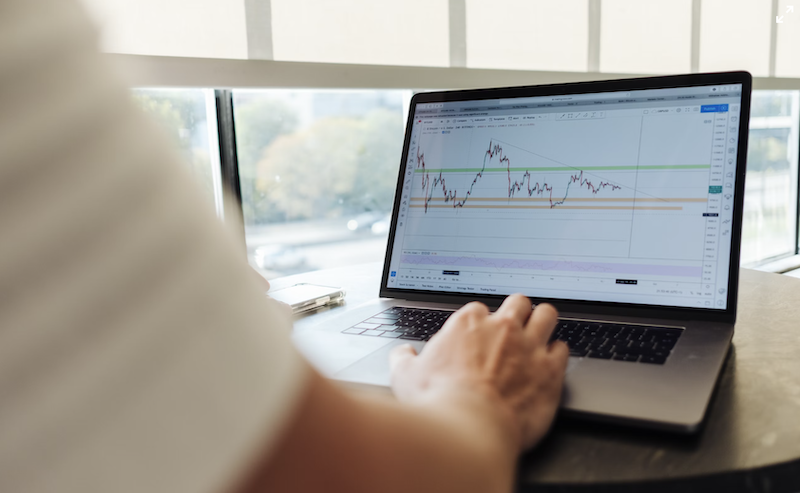Spread trading is a financial trading strategy that allows you to speculate on the movement of various financial markets—such as stocks, commodities, forex, and more—without owning the underlying asset. Traditional trading, on the other hand, usually involves buying or selling actual assets like stocks, bonds, or commodities. The primary goal in conventional trading is to buy low and sell high, or vice versa.
What Are the Key Advantages and Disadvantages of Spread Trading in Financial Markets?
Advantages:
- Tax-Free Profits: In some jurisdictions, the profits from spread trading are not subject to capital gains tax.
- Low Entry Costs: Unlike traditional trading, you don’t need to purchase the underlying asset, reducing the initial capital required.
- Diverse Markets: You can trade on various markets, from stocks and indices to commodities and currencies, all from a single account.
Disadvantages:
- High Risk: Because you’re trading on margin (borrowed money), you can lose more than your initial deposit.
- Complexity: Spread trading can be complicated and is best suited for experienced traders.
- Potential for Significant Losses: Unlike traditional trading, where losses are usually limited to the amount invested, losses in spread trading can exceed your initial stake.
How Are Profits and Losses Calculated in Spread Trading?
In spread trading, profits and losses are calculated by multiplying the stake amount (the amount you wager per point movement) by the number of points the market moves in the direction you predicted. For example, if you stake x 10 per point and the market moves 20 points in your favor, you would make a GBP 200 profit. Conversely, if the market moves 20 points against you, you would incur a GBP 200 loss.
Can You Use Leverage in Spread Trading, and How Does It Impact Potential Gains and Losses?
Yes, leverage is a crucial feature of spread trading. Leverage allows you to control a large position with a relatively small amount of capital. While this can amplify your profits, it also magnifies your losses. If the market moves against you, you may need to deposit additional funds to keep your position open, or it may be automatically closed at a loss by the broker.
What Are Some Common Risk Management Strategies to Employ While Engaging in Spread Trading?
In spread trading, the stakes are high.
Robust risk management is vital for long-term success. Among the key strategies is the use of stop-loss orders, which automatically close a trade if losses reach a predefined threshold, thus capping potential downside. Diversification is another cornerstone tactic; spreading your investments across various markets can offer a safety net against volatility in a specific sector. Lastly, prudent capital management dictates that only a small portion of your total trading capital—typically 1-2%—should be risked on a single trade. This approach helps to insulate your overall portfolio from the impact of individual losses.
Spread trading involves wagering on the direction of financial markets, tax-free, without owning the underlying asset, unlike traditional trading.
Advantages include tax-free profits and low entry costs. Disadvantages involve high risk and the potential for significant losses.
Profits and losses are calculated by multiplying the stake amount by the point movement in the chosen direction.
Yes, leverage is often available in spread trading, magnifying both potential profits and losses, making risk management crucial.
Common strategies include setting stop-loss orders, diversifying positions, and only risking a small percentage of your trading capital.

